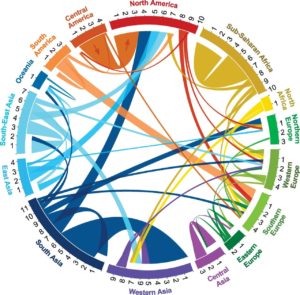
Figure 1: Street art in Ukraine displaying political messaging and national symbolism. Credit: Marnie Howlett, July 2019
The visual has arguably always been fundamental to the ways people make sense of the world and their places within it. (We conceptualise ‘the visual’ as including the ways that patterns, practices, and phenomena are depicted in observable forms). Cartography, religious iconography, propaganda, photography, and filmmaking are only a few examples demonstrating how visual imagery both shapes and reflects the observers’ perceptions, understandings, and worldviews. Likewise, posters, graffiti, and community art projects are vehicles for the ideas, expressions, and opinions of individuals and groups, even as their specific authors may remain anonymous or unknown.
Globally important issues especially lend themselves to communication modes and media involving visuals. Migration is a particularly salient example, as ideas about ‘home,’ ‘humanitarianism,’ ‘borders,’ and ‘belonging’—central to discussions about migrants’ and refugees’ experiences and impacts in many receiving countries—evoke imagery ranging from the literal to the metaphorical. Representations of these themes proliferate on news and social media platforms, whether in the forms of graphical visualisations or photojournalism depicting people fleeing conflict as they seek asylum. The iconic image of Aylan Kurdi and its subsequent circulation in 2015 reminds us of the power of visuals to convey the human realities of forced migration. Meanwhile, UKIP’s controversial ‘breaking point’ poster depicting a long queue of young men presumed to be immigrants demonstrates how parties and politicians—perhaps unsurprisingly—use visuals for political gain.
But the fact that visuals matter for public understandings, attitudes, and opinions is not necessarily a new observation. Studies from science and technology studies (STS) demonstrate how pictures have long been part of scientific communication, while humanities’ scholarship regularly foregrounds the role of images in culture and society. Likewise, recent social scientific work explores how the production, spread, and reception of information through visuals has consequences for political behaviours and trust in institutions. Beyond special issues in academic journals on the role of visuals in politics, professional societies have created research committees in recent years with the express purpose of responding to increased attention towards visual politics. Therefore, it is clear that visual outputs and methods are worthy of scrutiny.

Figure 2: Circular plot of global migration flows between 2005-10 using UN data. Source: Abel and Sander (2014)
An agenda for bringing the visual back in
Given this resurgent interest, what would an agenda on visual politics contain? We think revisiting the roles of visuals now—particularly, but not exclusively, in reference to human mobility—draws productive attention towards new dynamics and trends. These include the affordances of digital technologies for generating and conveying information in visually attractive ways; and the re-orientation of research towards civic objectives, such as achieving public impact and addressing global challenges, that can involve visual and creative arts interventions.
On the one hand, we need to pay attention to the ways that (im)mobility is represented visually across media and geographic contexts. Critically examining the visual conventions and patterns within from images—and therefore the choices underpinning them—can reveal how contentious political issues are presented and made even more contentious. This has implications for how citizens understand and respond to them. Attending to the affective and visceral qualities of images is key here, especially on emotive issues like migration, as well as the affordances of digital media, platforms, and technologies for conveying these emotional aspects.
On the other hand, sensitivity towards what is rendered invisible also matters. Whether intentionally done or not, practices of omission and erasure shape what kinds of information are available to the public, thus inherently shaping how the world and its dynamics are understood. Here, questions of who can visualize, and under what circumstances, point to perennial concerns about the power of elites to set agendas. Yet they also open the possibility for visualizations ‘from below’ to subvert and challenge established orders through creative and artistic means at the grassroots level.
The power of what is made visible and invisible manifests itself by stirring emotions, informing behaviours, and shaping public perceptions and practices. For these reasons, and probably many more, we welcome renewed attention on visual politics. Moreover, we urge further consideration of these questions using multiple disciplinary perspectives and methods. While images are only parts of larger stories, they are important windows into issues, populations, and dynamics of interest to researchers across the social sciences, humanities, and natural sciences.
This blog is part of a set of virtual roundtable events on the theme of ‘Visualising Migration and Mobility: Perceptions, Practices, and Politics’, sponsored by Oxford’s Migration and Mobility Network. More details about the events, and registration, can be found at this link.
